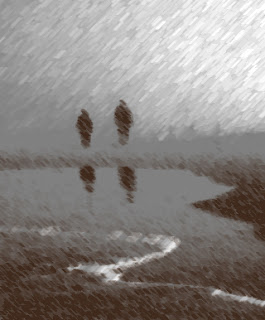Although most people think that taking a picture is just as simple as pointing and shooting, there really is an art form to it. Typically, your photos never look quite as good as you imagined they would. However, once you learn the proper techniques, it really is simple to take great pictures.
Get as close to your subject as you can. Getting in nice and tight allows your subject to fill the frame, which minimizes distractions. You can also pay attention to facial details, which will come in handy, especially if you are doing portrait photography. If your subject is positioned too far away, it becomes more difficult to capture the minor details.
Play around with shutter speeds to find out what kind of effects you can achieve. Different shutter speeds allow you to get quick action shots, as well as blur several seconds worth of time together. Using a faster shutter speed will let you catch objects while they are in motion, while a slow shutter speed is great for capturing serene natural settings.
Be simple with your camera settings. Take it one step at a time by mastering one function, such as shutter speed or sport setting, before moving on to the next. You will be able to pivot your effort around the subject you are photographing. This avoids the common time-wasting confusion that ensnares many amateur photographers.
Broaden your photographic horizons by playing with your camera’s features and the colors and angles you use. An original object is not needed to take a picture that is good quality. A good photograph entails making a photo of something unoriginal interesting, because of their creative skills and talent. Try different things to find a style that suits you.
Camera Batteries
Do not allow your camera batteries to run low because you never know when a photo opportunity will occur. Digital cameras consume a lot of battery life, particularly when you use the LCD screen; therefore, be sure that your batteries are charged fully before you need to use your camera. You will want to carry extra camera batteries with to be prepared for any shot.
Along with taking shots of people, objects, nature and animals, also take pictures of your souvenirs when you travel. Make separate photo albums for each trip you have photographed. When you do this, you have a nice, ready-made way of sharing the story of your souvenir hunting expedition!
Learn how to compose your photos properly to improve their quality. Whether you want to be a professional photographer or just want to take photos for fun, your photographs can benefit from learning composition principles. As with any type of art, poor composition can seriously degrade the quality of the work. Learn composition rules and apply what you’ve learned every time you take a photograph to improve your overall photography skills.
Photography is truly a form of art, and you should try to practice simplicity in your shots. There isn’t any reason to add more elements or clutter to your shots. When you keep your backdrop and props simple, your subject has an opportunity to shine.
To help a wedding album convey the personal atmosphere, take some close-ups of small items belonging to the bride or groom, or details of decorations. You can take these photos before the ceremony begins as a warming up exercise. Some of these may turn out to be unique shots.
Use limits to help yourself focus in on a subject and be more creative For instance, you can base a whole set of pictures around a specific subject. Choose a single position in the room and make an effort to shoot 100 entirely different pictures. Another alternative is to take 100 photographs within a single location, like a store or a park. Having these limitations in place can make you be more creative and think outside of the box.
In previous times, you pictures may have been sources of disappointment to you. However, if you put these tips to use, you will never be disappointed again. This advice can help you to frame and capture memorable, striking images.








